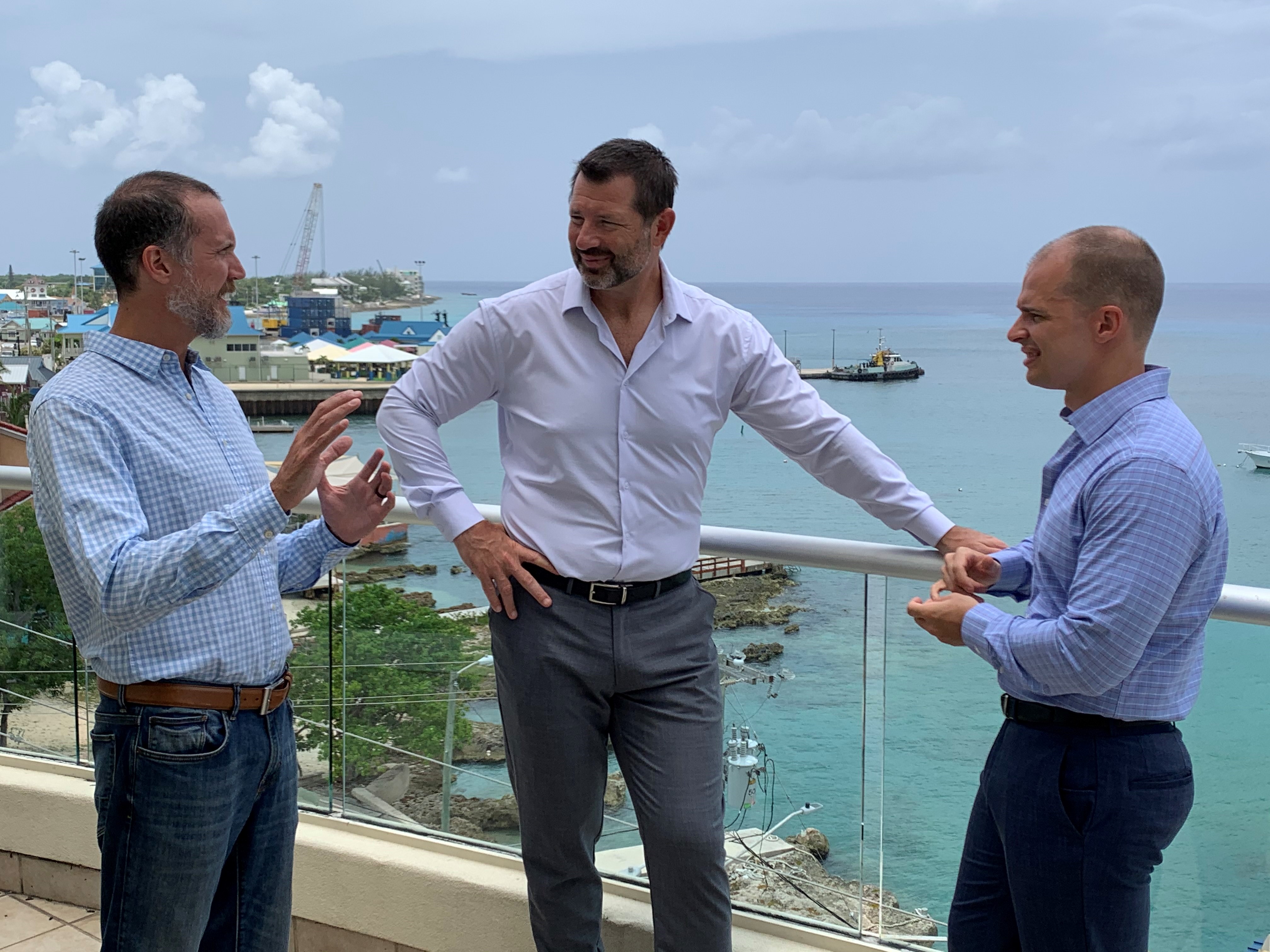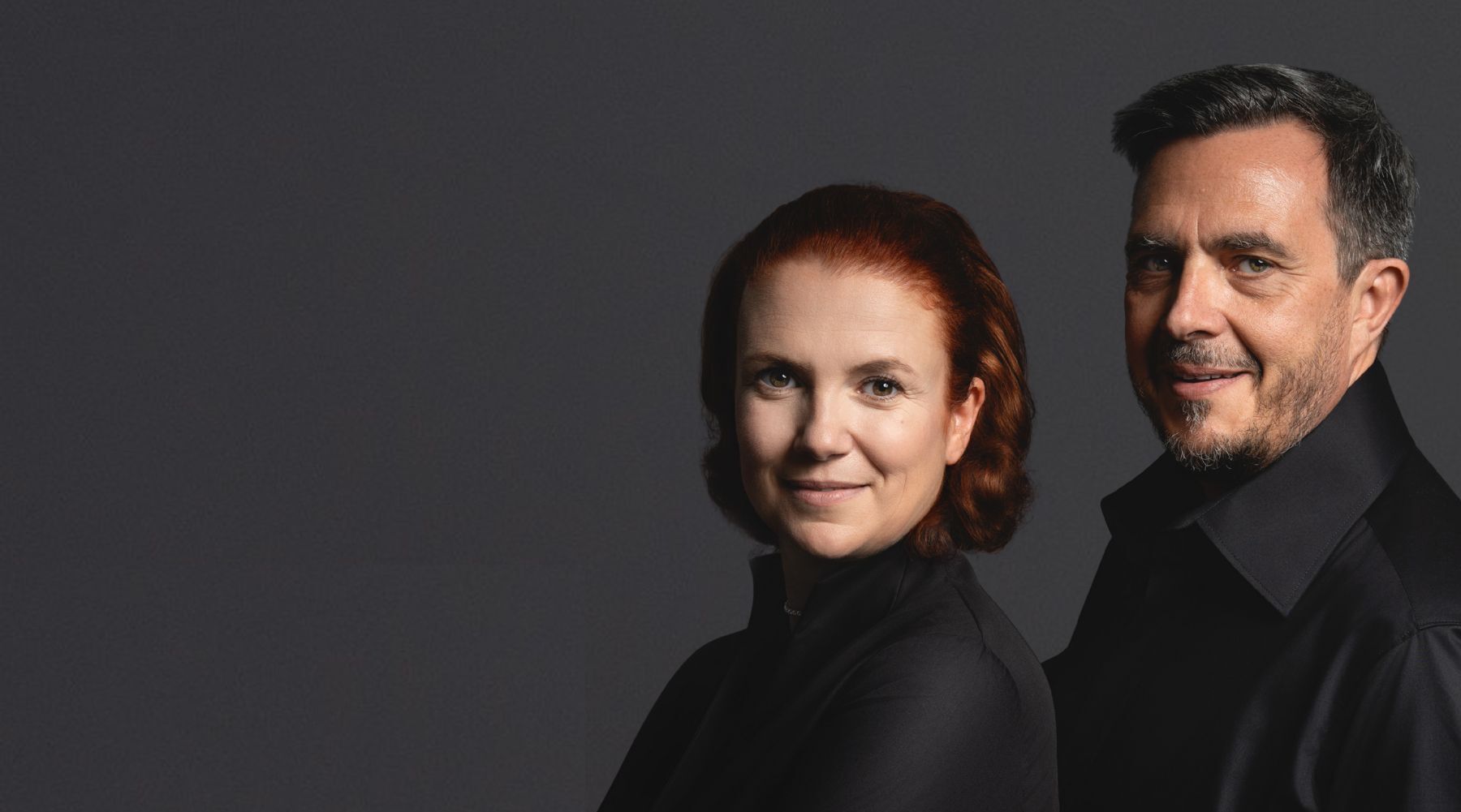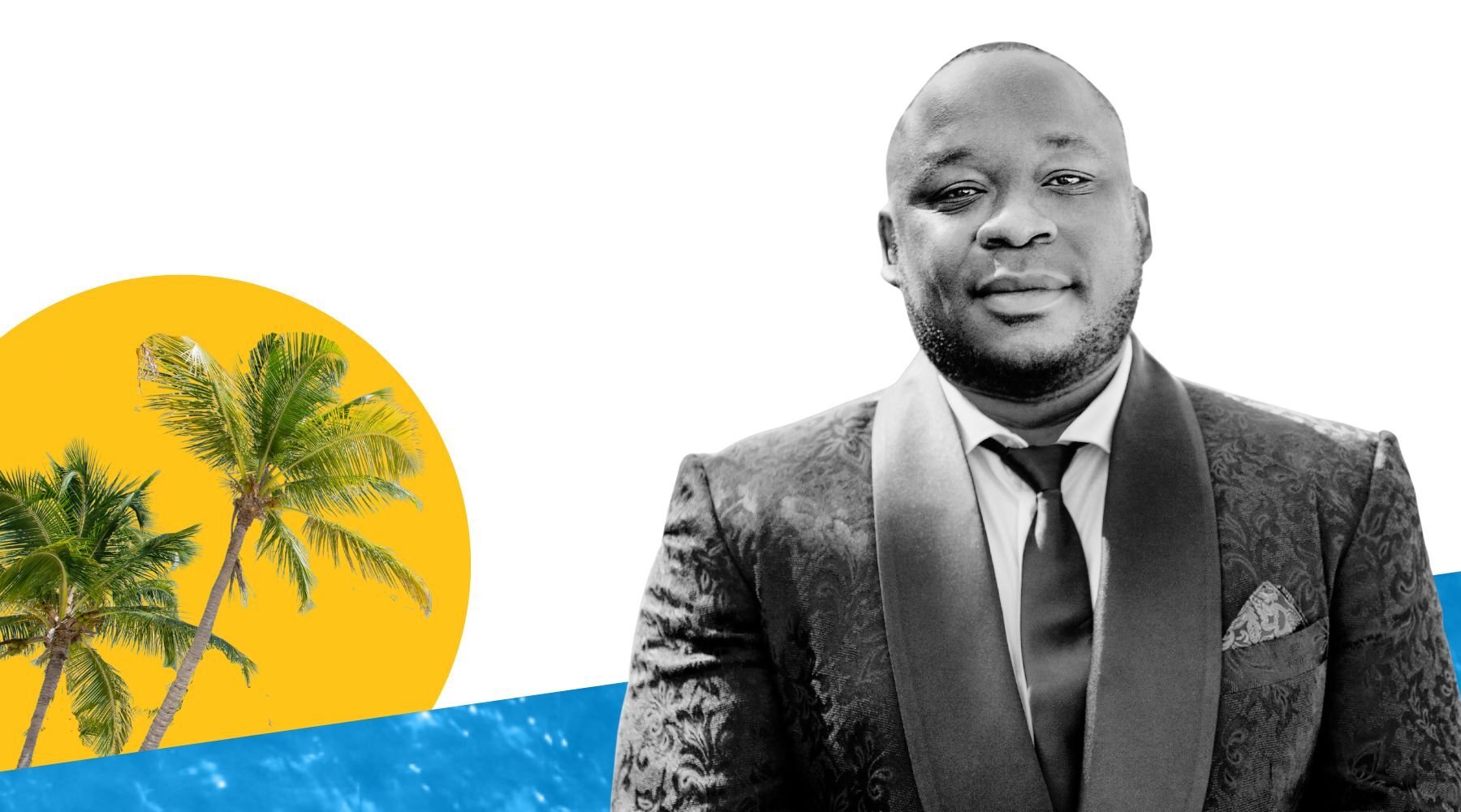
ReSolve Asset Management advises and sub-advises wealthy families, hedge funds, mutual funds and exchange traded funds with a focus on tax advantaged active global asset allocation and advanced quantitative strategies utilizing futures contracts and Exchange Traded Funds.
Mike Philbrick is co-Founder and President of ReSolve and we met up with him to discuss ReSolve’s unique approach to asset management, the firm’s commitment to published thought leadership, and some challenges the investment industry has faced as a result of the COVID-19 pandemic.
CEC: Tell us a little bit about yourself and what led to the founding of your investment management company, ReSolve.
MP: I started as an advisor at a major Canadian wealth advisory firm. I’ve always enjoyed coaching and gravitated to leadership positions, so I moved quickly into roles managing branches of advisor teams. A boutique Canadian investment bank tapped me to lead the build-out of an advisory business, which grew from nothing to $9 billion in assets under my stewardship.
I’m convinced it pays to ground management decisions in the reality of clients’ experiences in markets. That’s why I’ve always maintained direct contact with clients by continuing to run an advisory practice in parallel with other roles. Working through challenging market environments with clients is a powerful motivator for innovation.
My business partner, Adam Butler, and I were looking to develop products, strategies, and systems that were more risk aware, systematic, and based in the math of understanding probabilities and outcomes. There wasn’t a firm in Canada that did that in the way we wanted to.
In 2015, we were able to roll out ReSolve Asset Management. Adam and I connected with another partner, Rodrigo Gordillo to build a team, and we’ve attracted and amalgamated with other partners and brilliant individuals along the way to deepen and broaden our suite of investment strategies.
The Steve Jobs quote “you can only connect the dots looking backwards” really resonates. Looking back, I had no idea where my path would take me but I can say with confidence that I couldn’t have guessed the trajectory of my career in my wildest imagination. But I have sure enjoyed the journey and look forward to what lies ahead.
CEC: How would you describe ReSolve’s approach to asset management?
MP: ReSolve Asset Management designs and deploys systematic strategies grounded in well-established investment principles, enhanced by proprietary quantitative innovations and advanced machine learning techniques. We deploy these strategies through a variety of channels to suit the needs of different classes of investors. We manage hedge funds, mutual funds and separate accounts, and employ futures and Exchange Traded Funds depending on mandate.
At our core, we are big believers in systematic thinking. Research in the science of human decision-making shows that humans are prone to a variety of biases and wrong-way intuitions that are amplified and corrupted by the speed, drama, and uncertainty of modern markets. The science is clear that even simple models, such as those that extrapolate trends in the short-term, but expect reversion to the mean in the long-term, perform substantially better than humans in many complex domains. At ReSolve we codify our knowledge base into computer programs that execute best investment practices ruthlessly and relentlessly in pursuit of consistent results.
Our investment philosophy starts with a focus on preparation rather than prediction. The bedrock of our approach is a focus on “all weather” portfolios designed to generate positive returns during periods of economic growth, preserve capital during periods of economic contraction, and preserve real rates of return during periods of heightened inflation. To achieve this objective we make use of dozens of liquid markets across stock and bond indices, commodities and currencies.
We build on this foundation with peer-reviewed active strategies and – increasingly - machine learning techniques to provide returns in excess of those offered by traditional portfolios. These strategies are motivated by the techniques used at the most sophisticated high-frequency trading firms, and harvest timeless edges that are tuned for optimal response in each individual market.
With interest rates at all-time lows and many traditional markets near all-time high valuations, investors will have to think differently to achieve the growth they need to support sustainable financial objectives. We’ve built a suite of complementary products to overcome the challenges of traditional portfolios and deliver on long-term objectives no matter what the future has in store.
CEC: You have over 20 years’ experience in the industry. What has been the most interesting or biggest change you’ve seen with asset management strategies?
MP: There are three major changes that have defined the evolution of markets over the past couple of decades. First, the explosion of private markets, which accelerated after the introduction of new banking regulations in the wake of the 2008 financial crisis. For most of the previous century banks facilitated most of the financial needs of companies to support capital expenditures, receivables financing, mergers and acquisitions. Over the past couple of decades these needs have increasingly been met by large institutional investors through channels like private equity and private credit funds. These large investors have migrated to private markets in pursuit of higher returns, but there is every indication that private markets are saturated with too much money chasing too few deals. Investors in private equity and credit may experience lower returns on recent vintages.
Second, we experienced a commoditization of traditional active investment management via the introduction of index investing and Exchange Traded Fund technology. Over the past twenty years academics have demonstrated that the returns generated by traditional mutual fund and hedge fund managers can be replicated using rules-based methods. Moreover, the same techniques can be explored and refined on decades of historical data through the use of computers. The introduction of Exchange Traded Funds acted as a force multiplier for mass adoption of index based products by offering strategies at very competitive fees, and often with significant tax advantages relative to mutual funds.
Last but certainly not least, we’ve observed a mass adoption of passive index investing for three reasons. First, the most popular global index, the S&P 500, has done fabulously well especially over the last decade. Good results attracts more dollars. Second, investors have been disappointed by active mutual funds, which have consistently failed to deliver either excess growth or better risk management than passive indexes. Third, and perhaps most importantly, regulators have introduced laws that effectively mandate passive indexing as the default option for most defined contribution pension plans. As a result, the vast majority of all flows into retirement accounts end up in passive indexes. It’s worth noting that these phenomena are mutually reinforcing. Good results attract more dollars, which drives flows, which pushes up prices, which produces good returns. Fewer investors pursuing active strategies means fewer “suckers” at the table for active managers to arbitrage, leading to relatively worse results for active managers relative to passive indexes. And higher markets serve virtually all interests (at least in the short-term).
CEC: ReSolve has a recognisable thought leadership publishing strategy where you and your team have authored dozens of research articles, several papers, and the ground-breaking book ‘Adaptive Asset Allocation’. Why is thought leadership important to ReSolve?
MP: There are myriad reasons why our business model supports so much content creation but two stand out. First, high quality content attracts attention and creates a bond – a sense of community - between the firm and clients or prospective clients. This bond is amplified and nurtured by social media, where we have a chance to engage directly and publicly with others on topics that relate to our business’ value propositions. This provides an opportunity to forge relationships on shared values and interests.
Second, given that much of our content is in the form of research on investment concepts and strategies, publishing in the public domain solicits important feedback, comments and suggestions that cycles back into our investment process and many other parts of the business. It provides guidance and motivation for continuous innovation.
CEC: What advice would you give to first-time individual investors?
MP: I would urge individual investors to think about the portfolio they would want to own if they accepted the fact that they can’t know what will happen in the future. This portfolio would emphasize preparation over prediction, and lead with humility.
Diversification is the ultimate expression of ignorance about the future. In my experience most investors pay lip service to diversification, but few actually take it seriously. Diversification isn’t about owning many stocks or mutual funds. It’s about diversity and balance.
Diversity involves holding investments that thrive in diverse economic environments so that your portfolio is resilient to major growth and inflation shocks. By design stocks, bonds, commodities, gold, inflation linked bonds, etc. deliver their best returns in very different environments.
Balance is about ensuring investments with different risk characteristics have an equal opportunity to diversify the portfolio. A portfolio of 60 percent stocks and 40 percent bonds is essentially just a diluted stock portfolio. If bonds and stocks are given equal weight, the bonds’ unique personality is overshadowed by the much more volatility personality of stocks. To create balance – and therefore maximize diversification – lower risk investments must be granted more weight in the portfolio relative to higher risk investments.
A portfolio that seeks diversity across all global regions and different economic environments, while prioritizing balanced exposure to lower and higher risk markets is called an “All Weather” or “Global Risk Parity” portfolio. We believe this is the fundamental starting point for virtually every investor.
At ReSolve, we want to be in the hall of fame for realised risk-adjusted returns. Realised means we want our investors to be there when the times are good. That means we have to educate them well and keep them invested as returns ebb and flow over time.
So, the individual investor has to ask the question, “How do I make sure that I stay the course in whatever investment strategy I’ve chosen, when it experiences its normal low/no return environment?” If an investor quits in that low/no return environment, they get all the risk and none of the return. This is where I think we’re different. We prioritise making sure our clients can ride out the tough times in order to realize long-term potential growth.
CEC: It’s an understatement to say COVID-19 has shaken up different industries across the globe. What changes or challenges has the pandemic brought to the investment/asset management industry? How do you think the industry can overcome those challenges?
MP: I think there’s two sides to the COVID conversation. One is how has the pandemic and commensurate policy responses impacted markets and investments, and the other is how have those factors impacted the business side of asset management. On the investment side, we’ve had the opportunity to see diversity and balance – global risk parity – deliver on its promise of resilience to even the most extreme market environments.
On the business side of asset management, there are a couple of things developing. One is that we’re getting more remote work. ReSolve had prioritised remote work long ago, but in speaking with principals at other firms, I think many will struggle with remote work. You have to think about strategies where you can bring the asynchronous work together with the synchronous work to have the same sort of synergies.
CEC: We see on your website there are quite a few inspirational quotes that encompass ReSolve’s philosophy. What is one of your personal favourite inspirational quotes?
MP: There’s a quote by Heraclitus. “Out of every one-hundred men, ten shouldn't even be there, eighty are just targets, nine are the real fighters, and we are lucky to have them, for they make the battle. Ah, but the one, one is a warrior, and he will bring the others back.”
.png?width=940&name=CEC%20Facebook%20Posts%20(3).png)
CEC: Why did you choose to grow your company in Cayman and what are some of your favourite aspects of Cayman Enterprise City?
MP: Cayman is a tremendous place to do business. You think about crime, there is none. You think about a society’s debt. In today’s world, there’s so much debt ladled on various economies of the world. In Cayman, you have a budget surplus and you have no debt. That’s all been accomplished by taxing consumption rather than income. Consumption tax puts the decision of how much tax you pay in your hands.
From a business perspective, it allows for the reinvestment of more capital into the business. That was one of the attractive features. There’s corporate tax in Canada. It’s fairly reasonable when you’re small but as you get bigger, it gets more onerous. That’s money that could be reinvested in the business to grow the business. In Cayman, you have a very friendly tax regime, you have no debt, very little crime and a really good location. You have access to North American markets and South American markets. Cayman really has some significant advantages in that sense.
There’s a very high tolerance for ethnic diversity, very much like Toronto. I’m quite comfortable in Cayman. Cayman Enterprise City is a very streamlined way to access all of those things like the ability to hire talent on island.
CEC: Lastly, tell us some of your favourite activities and go-to spots in Cayman.
MP: We’ve gone to Tillies, Tukka and heading to Rum Point to try the restaurant there. I imported an eFoil surfboard, one of the only three on island. The eFoil is my go-to sport at the moment. I live right on the shoreline in George Town and I love just going out for a snorkel. The life that’s out on the reef is incredible. I’m looking forward to getting into scuba diving at some point. I wouldn’t mind doing some kiteboarding next winter season.
Are you an innovative business is the quest for growth? CEC is here to help! We make growing an international business from the Cayman Islands easy, affordable and functional. If you would like to learn more about our services visit our business set-up page.




.jpg)
